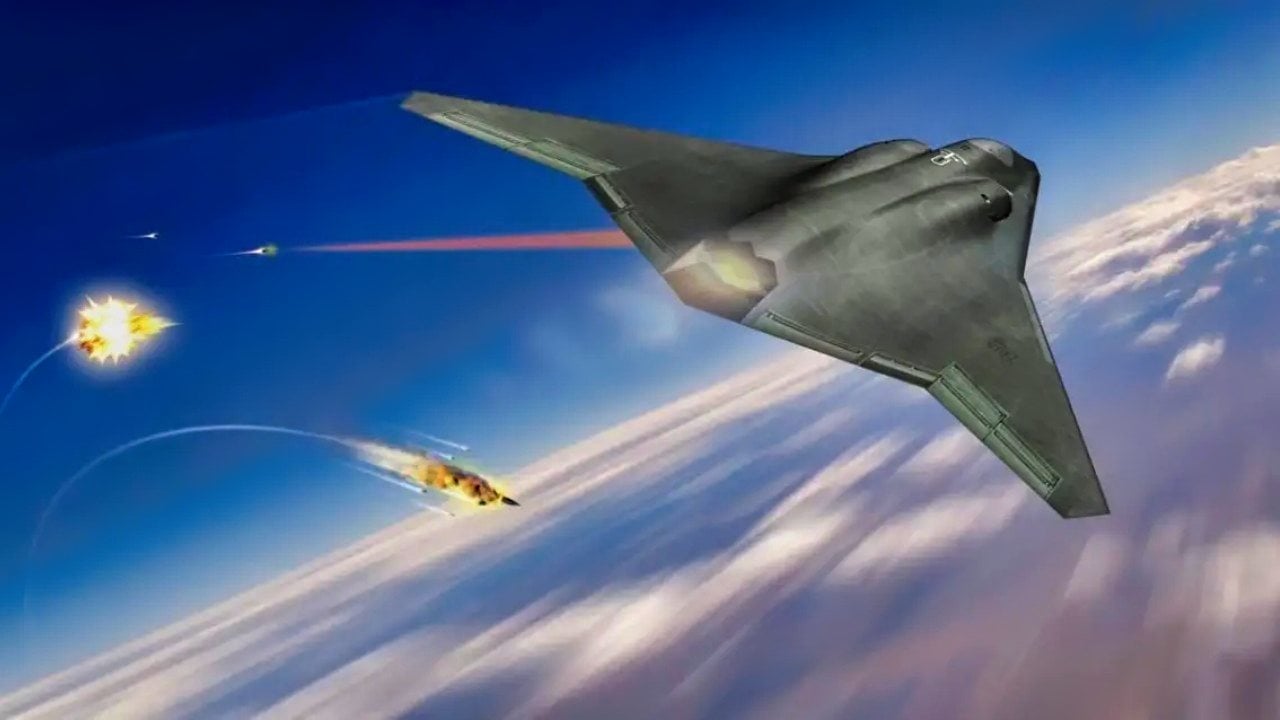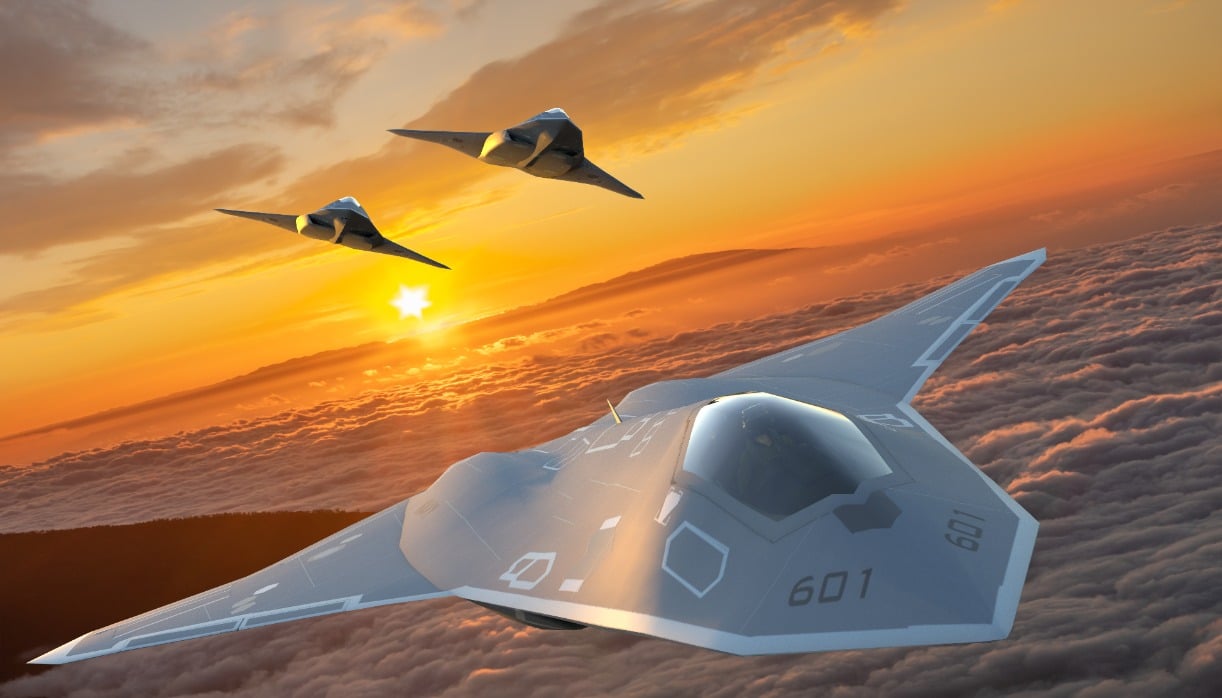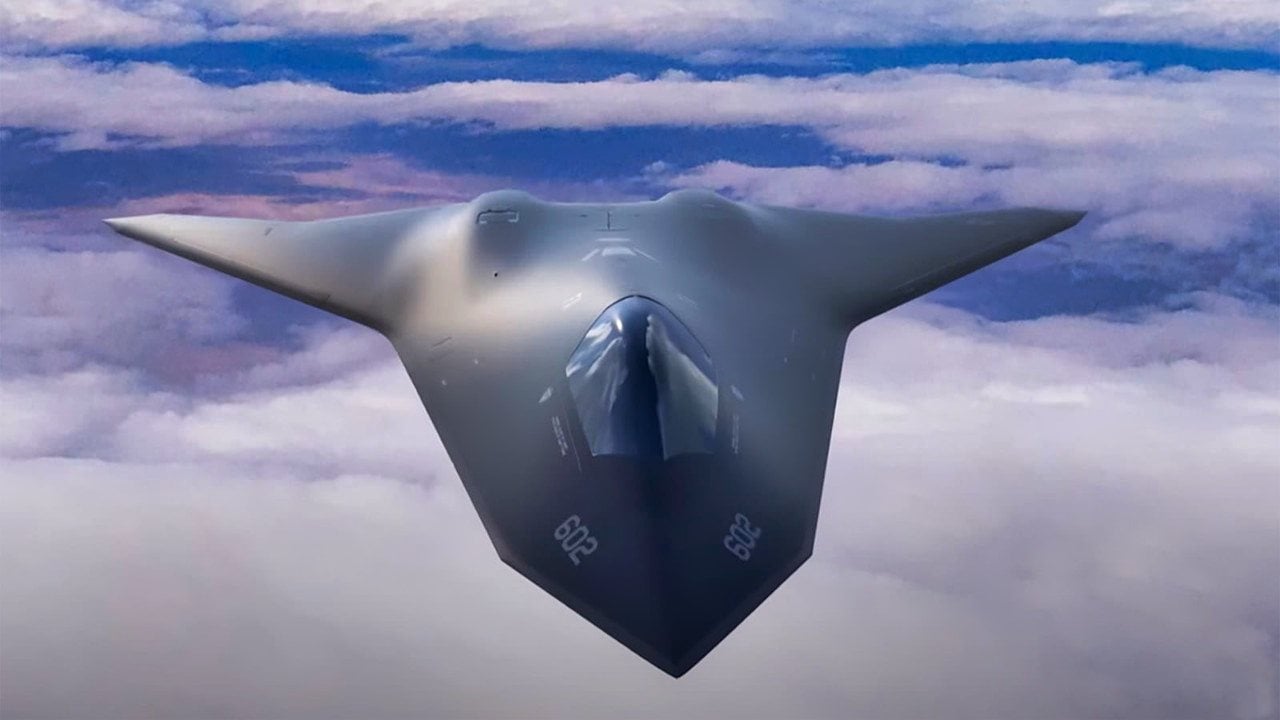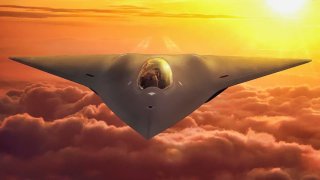NGAD: The 6th Generation Fighter America Doesn't Need
Instead of focusing on NGAD, the U.S. should invest in counterspace capabilities, hypersonic weapons, and drones to disable China's anti-access/area-denial (A2/AD) systems and ensure it can effectively project power in the region.
Summary and Key Points: As the world races towards a potential global conflict, great powers are developing advanced military technologies, such as the U.S. Air Force's Next-Generation Air Dominance (NGAD) program.

-This "system of systems" integrates drone swarms, advanced weaponry, and artificial intelligence to ensure air superiority.
-China, with consistent funding and a long-term development timeline, is also pursuing a similar program.
-However, the U.S. faces challenges due to the distance it must cover to engage in the Indo-Pacific.
NGAD: Is America's Next-Gen Air Dominance Program Worth the Investment?
Instead of focusing on NGAD, the U.S. should invest in counterspace capabilities, hypersonic weapons, and drones to disable China's anti-access/area-denial (A2/AD) systems, ensuring it can project power effectively in the region.
The world is racing toward a major global conflict far greater than the First World War, when the great powers of the world, based in Europe, locked arms and jumped into the abyss of mutual mass suicide.
Just as with the world back then, the great powers of the world order are developing expensive, complex, radical new technologies to use against their perceived enemies in their quests for dominance over all other powers in the world.
One such system is what the U.S. Air Force refers to as Next-Generation Air Dominance, or NGAD.
The “System of Systems”
The NGAD program is being developed as what defense planners call a system of systems. But the U.S. Air Force is not the only service investing heavily in this concept. The People’s Republic of China is as well.
Using the still-developing sixth-generation warplane as a foundation, the world’s powers plan to incorporate drone swarms, advanced weaponry, and artificial intelligence into a combat ecosystem that will ensure air dominance.
Yet, in their manic quests for the wünderwaffe, the world’s powers are racing down a dangerous path. If they do achieve this technology, it will likely inspire a false notion of superiority in them. It has sparked a dangerous new arms race. It could also enhance the as-yet-known implications of artificial intelligence in the military domain, too.
The fear of weaponizing AI should not be understated.
China is already working to marry their growing nuclear weapons arsenal to advanced AI. I don’t know about you, but that sounds like Skynet. The potential of grave mistakes occurring is great. Miscalculations and misunderstandings will likely be exacerbated in the early years of this technology, rather than mitigated.
Will China Replicate America?
Despite it being in the early stages of its development, there is much more known about America’s NGAD program than the Chinese version of it. But we do know that China has an NGAD-like program underway. In fact, China’s program, unlike the American one, has consistent, and increasing, funding, as well as a nearly limitless development timeline. It helps to be an industrial superpower. Too bad America forgot that around the 1970s.

According to Wesley Alexander Hill, the Chinese system of systems aims to bring about a combination of air dominance over their rivals but specifically to deny their rivals – notably the Americans – access to contested airspace nearer to China’s shores (and to the territories throughout the Indo-Pacific that Beijing covets).
The Chinese will undoubtedly achieve some semblance of an NGAD-like system of systems before the Americans do, under these conditions.
Even if the Americans could achieve this, they’d find mass-producing the systems needed to be problematic. Instead, the Americans must focus on developing systems that can force open the inevitable shields that China will erect to keep U.S. military power out of their area of operation.
NGAD won’t really do that.
America Needs to Overcome Chinese A2/AD
The United States remains hostage to the tyranny of distance. In other words, it must fight over a greater distance than its potential rivals.
So, rather than investing in a wasteful NGAD system or trying to create the next AI-powered warplane, keep it simple. In a war with China, the United States would need to deploy its naval and air forces near China.
Currently, the Chinese have the ability to keep those U.S. forces back. If those American systems cannot get near to Chinese territory and forces, then the Chinese military will by default enjoy key advantages over their local rivals (many countries that are allies of the United States).
One of the key problems facing U.S. forces is the Chinese anti-access/area-denial (A2/AD) capabilities that web the South China Sea, and the Chinese coastline along the Taiwan Strait, and that face toward the East China Sea. This is a massive arsenal of advanced missiles, rockets, and now hypersonic weapons that have ranges as distant as 1,000 kilometers.
Marrying these systems to a sophisticated suite of sensors, China can track U.S. forces entering the region and range those American targets.
Until that capability is degraded by the Americans, any attempted defense of Taiwan or any other target of Chinese aggression in the region will fail. America, therefore, doesn’t need NGAD the way that China does. What it needs is systems to disable China’s sensor suite that allows for their A2/AD tracking of potential American warships.
Breaking the A2/AD Network
For that, America needs a greater counterspace capability, as well as an expanded fleet of X-37B unmanned spaceplanes. The United States needs to develop hypersonic weapons that can destroy Chinese A2/AD emplacements well before U.S. carriers and aircraft come into the range of those Chinese defenses.
Drones, both underwater and in the air, that can carry more ordnance, operate with greater stealth, and stay in a combat zone for longer than they currently can, will all assist in breaking through these Chinese defenses.

Let China build its own NGAD. If the U.S. cannot reliably break the A2/AD advantages that China has built up since the 2010s in the Indo-Pacific, then it won’t matter. Investing in the NGAD is a waste of time and resources for the Americans.
Author Experience and Expertise: Brandon J. Weichert
Brandon J. Weichert, a National Interest national security analyst, is a former Congressional staffer and geopolitical analyst who is a contributor at The Washington Times, the Asia Times, and The-Pipeline. He is the author of Winning Space: How America Remains a Superpower, Biohacked: China’s Race to Control Life, and The Shadow War: Iran’s Quest for Supremacy. His next book, A Disaster of Our Own Making: How the West Lost Ukraine, is due October 22 from Encounter Books. Weichert can be followed via Twitter @WeTheBrandon.
All images are Creative Commons or Shutterstock.
From the Vault
Russia Freaked Out: Why the U.S. Navy 'Unretired' the Iowa-Class Battleships
Battleship vs. Battlecruiser: Iowa-Class vs. Russia's Kirov-Class (Who Wins?)


